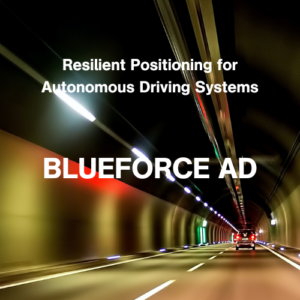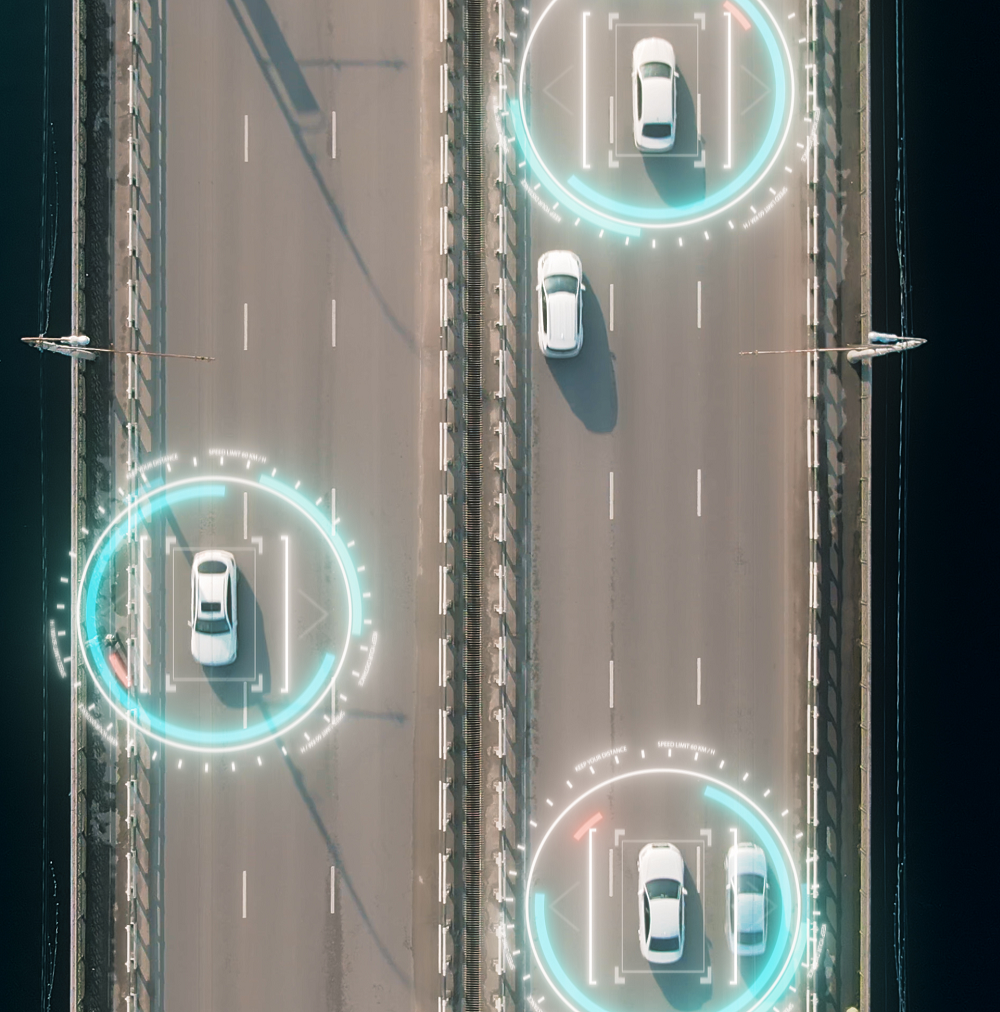ACCURATE AND RELIABLE POSITIONING FOR AUTONOMOUS VEHICLE SAFETY
INDUSTRY CHALLENGES
A number of self-driven vehicles are already on roads across the world, and global regulations are preparing for the autonomous vehicle era. However, automakers face a wide range of technical challenges, including reliable and accurate positioning.
Autonomous driving requires the vehicle to be able to maintain very accurate positioning at any time:
-relative positioning (distance to nearby vehicles, lane delimitations) and
-absolute positioning, ie GNSS coordinates and navigation according to a predetermined itinerary.
This is true already for Level 2 and 3 automation, where Advanced Driver Assistance Systems (ADAS) help the driver detect obstacles, avoid errors and increase vehicle safety.
Autonomous vehicle positioning must remain reliable including where GPS-RTK service is unavailable : within tunnels, urban canyons, underground parking lots etc.
OUR SOLUTION
Today’s solutions are not only expensive but also easily disrupted by the large surrounding masses (bridges, trees, buildings, etc.). As they anticipate mass market requirements, automakers look for positioning solutions that are both reliable and cost-effective.
SYSNAV is adapting its magneto-inertial navigation technology to deliver centimeter-accurate positioning at a mass market price point.
OUR REFERENCES

SYSNAV is involved in next generation vehicle programs of some leading car manufacturers. We use data fusion algorithms to merge input data such as LiDAR, cameras, GNSS (e.g. GPS), odometer and cartography with the positioning data from our magneto-inertial measurement unit.


